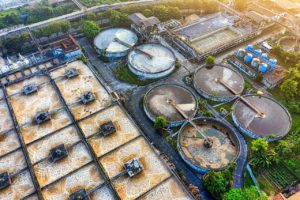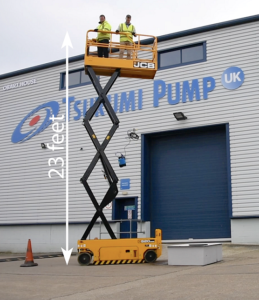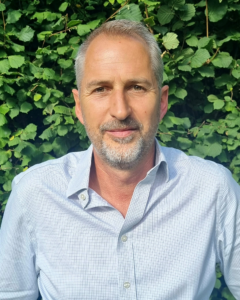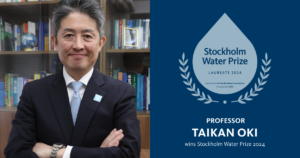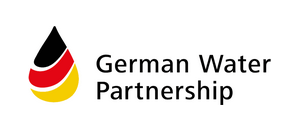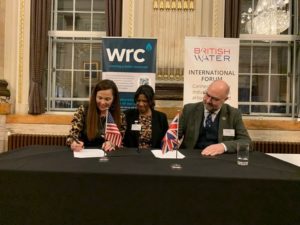“Industry Still Flushing Potential Energy Profits Down the Drain”
Recovering wastewater for reuse and creating power from organic rich effluent is no longer a concept but a reality and is being increasingly viewed as a lucrative business decision.
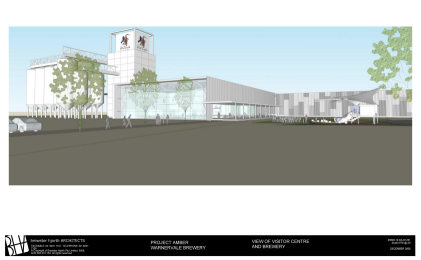
New Bluetongue brewery in New South Wales, Australia
However, too many industries are still flushing the potential gains down the drain, says an Asia-Pacific Leader in the re-use technology involved, Mr Mike Bambridge of CST Wastewater solutions.
CST Wastewater Solutions is partnering with Global Water Engineering (GWE) to deliver and install an extended wastewater treatment system for Pacific Beverages’ new Bluetongue brewery in New South Wales, Australia. He says the treatment system for the $120 million plant is a shining example for industry, involving best-practice water reuse standards, while at the same time providing renewable energy for the brewery, reducing its dependence on fossil fuels.
“Water and energy are among the major contributors to production costs so becoming more self-sufficient in terms of water and energy has both environmental and financial benefits.
“However, often the effluent treatment focus of the Australasian and Asia-Pacific industries - including particularly the food and beverage industry - has been somewhat limited to reducing their effluent discharge tariffs or at most treating effluent to a quality that meets municipal standards.
“What many have failed to realize, is the true value of the effluent discharging down the drain. CST Wastewater Solutions and our global partners suggest a shift in this thinking: to motivate industries to select appropriate technologies that will enable them to treat wastewater that is fit for reuse and in the same instance convert the organic material to methane using anaerobic digestion.”
Mr Bambridge says harvesting green energy from wastewater affords a project dual benefit. Firstly treating the wastewater through the anaerobic digestion process provides the industry with a substantially treated effluent. Secondly, the resultant biogas is valuable and can be used for cogeneration purposes.
“In order to attach some perspective to the value, one ton of Chemical Oxygen Demand (COD) digested produces the equivalent of 350Nm3 of methane and 0.15MW of power. A typical brewery producing 5Mhl of beer per year will produce an approximate 1MW of electricity, equivalent to roughly 8 tons of coal (at 25 GJ/t).
“A recent project completed in Thailand at a 300t/d starch factory, the energy yield is double that required for the mills production. This renders the factory completely energy self-sufficient and they sell the surplus to the grid.
“Another example is a distillery producing 100kl/d of ethanol. This project has the potential to produce 11.3MW of power and if fed to a gas engine could produce 4.5MW of electricity plus 4.5MW of thermal power. The same distillery in terms of fuel replacement could produce the equivalent of 24.3t/d of HFO or 14.2t/d of coal.”
Mr Bambridge concedes that potential energy generating projects only become viable at high COD loading rates or in areas where power and fuel is expensive- but says this is already the cases in many Asia-Pacific markets and is increasingly the trend worldwide.
When researching technologies suitable for wastewater treatment and biogas production, Mr Bambridge recommends partnering with a reliable team from conceptual to implementation stage and beyond into the operation of the plants. A thorough understanding and extensive experience in various technologies is imperative to a successful project. Within the AD technology for instance there is an entire range of configurations and the ability to select and appropriately apply them to a specific application is a science in itself. It is only the correct selection, design and proactive management of the plant that will provide a total wastewater and power generation solution.
When considering on-site wastewater treatment it comes highly recommended that industries approach a resource (water & energy) management programme in an integrated manner. In order for the exercise to be meaningful and sustainable it requires a stepwise holistic approach that should begin with a wastewater & energy management plan (WWEMP). A WWEMP is a comprehensive undertaking that considers all site specific conditions and reduces the risk of effluent plant failure in the long run by establishing water management measures from factory floor to end-of-pipe treatment and beyond.
CST Wastewater Technology and global partners such as Talbot & Talbot have established relationships with investors, technology specialists and has access to a global base of knowledge, skills, experience and resources made available through the Global Water & Energy Alliance. Reference plants exist and site visits can be arranged, in order for clients to develop an appreciation of the value of converting waste organics into green energy.
Source: CST Wastewater Solutions

